Let’s play a game: Ask five people around you if they like cheese. (If someone says no, unfriend them while they watch.) Now ask them what they know about cheese. Chances are it’s nearly nothing. Cheese is one of the lowest common denominators when it comes to food. Almost everyone likes it, and most will profess that they love it, but ask any more, and this sometimes chewy, sometimes crumbly, sometimes melty, always magical foodstuff is a mystery. You start with milk, but then everyone's lost. Is your favourite food just a block of mould? A chunk of bacteria? A carb?
And how is it paired with wine and other accouterments? The “problem” with cheese is it’s so delicious with most things (and also on its own as a brick in your hand at 2 a.m.) that the average layman never wonders what it goes with. It goes with everything. It’s CHEESE.
So as clueless lovers of fromage ourselves, we set out to British Columbia’s picturesque Okanagan Valley to eat our way through the cheese trail and discover the truth about our favourite food.
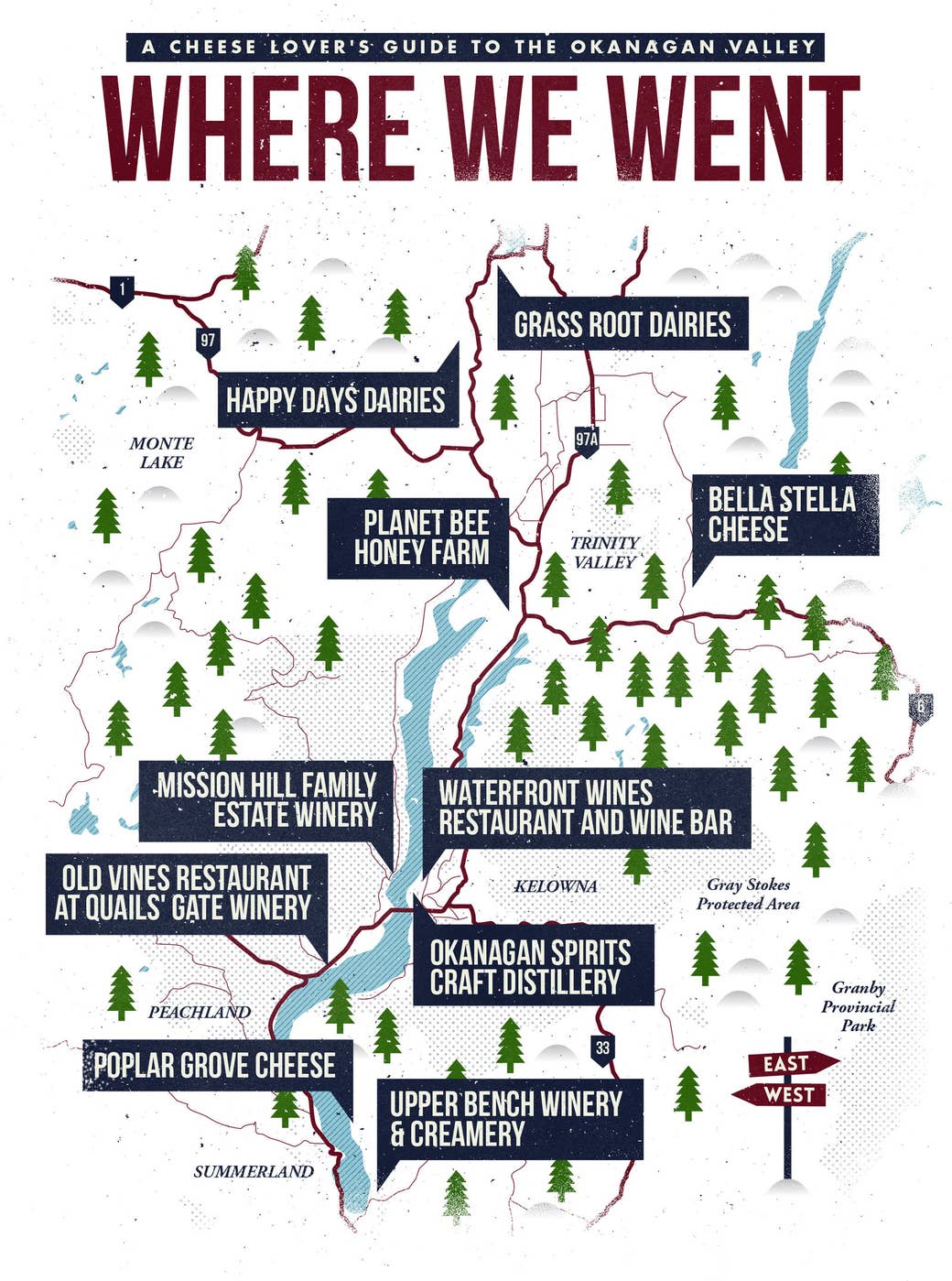
Our first stop was Old Vines Restaurant & Wine Bar at Quails’ Gate winery. As we stepped out of the car, our eyes widened over the 75 sprawling acres of vineyards overlooking the shining Okanagan Lake. The brightly foliage-laden fall views were so distracting that it actually took us 10 minutes to walk through the parking lot.

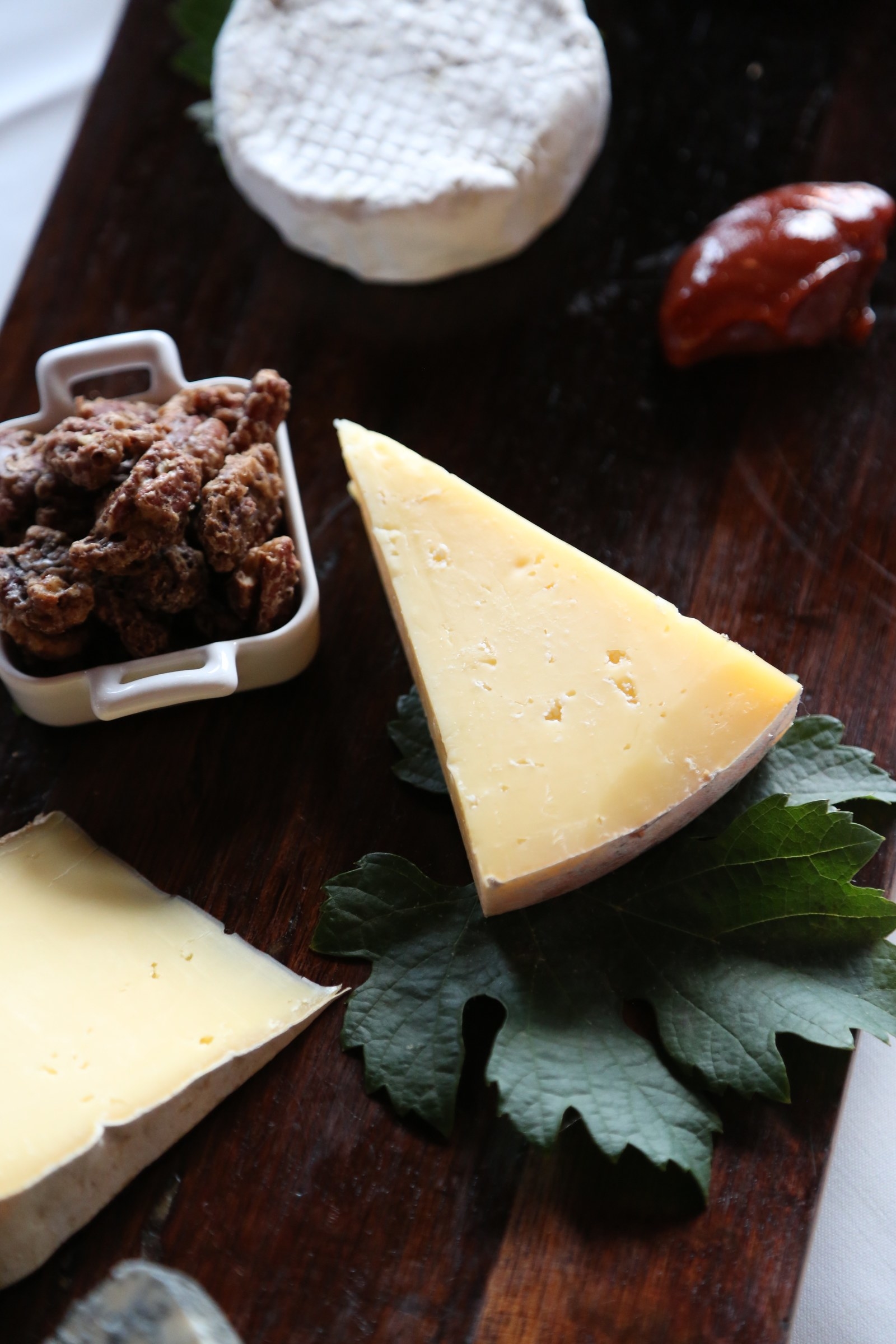
Once inside the glass-panelled restaurant, Chef Roger Sleiman delivered a beautiful plate of four cheeses. Our board consisted of Poplar Grove’s Tiger Blue and Farm House’s clothbound cheddar, Heidi, and Brie. Sleiman paired each cheese with a wine produced and distributed under that very same roof.
Because of our cheese-noob status, we smiled, sipped, and ate, too embarrassed and uninformed this early in the game to ask any intelligible questions. We did, however, muster up the courage to ask what the etiquette was for using the knife. (For the uninitiated, the spiky bit is for picking up the cheese — and no, don’t eat it directly from the knife. Not even the Brie.)
We were stunned by the surprising combination of Tiger Blue and their 2013 Fortified Vintage Foch, a deliciously syrupy port with some serious legs. [Insert wolf whistle here.] We were also surprised by the fact that we even liked blue cheese. Who knew! Yes, we had a lot to learn in the next three days on the cheese trail.

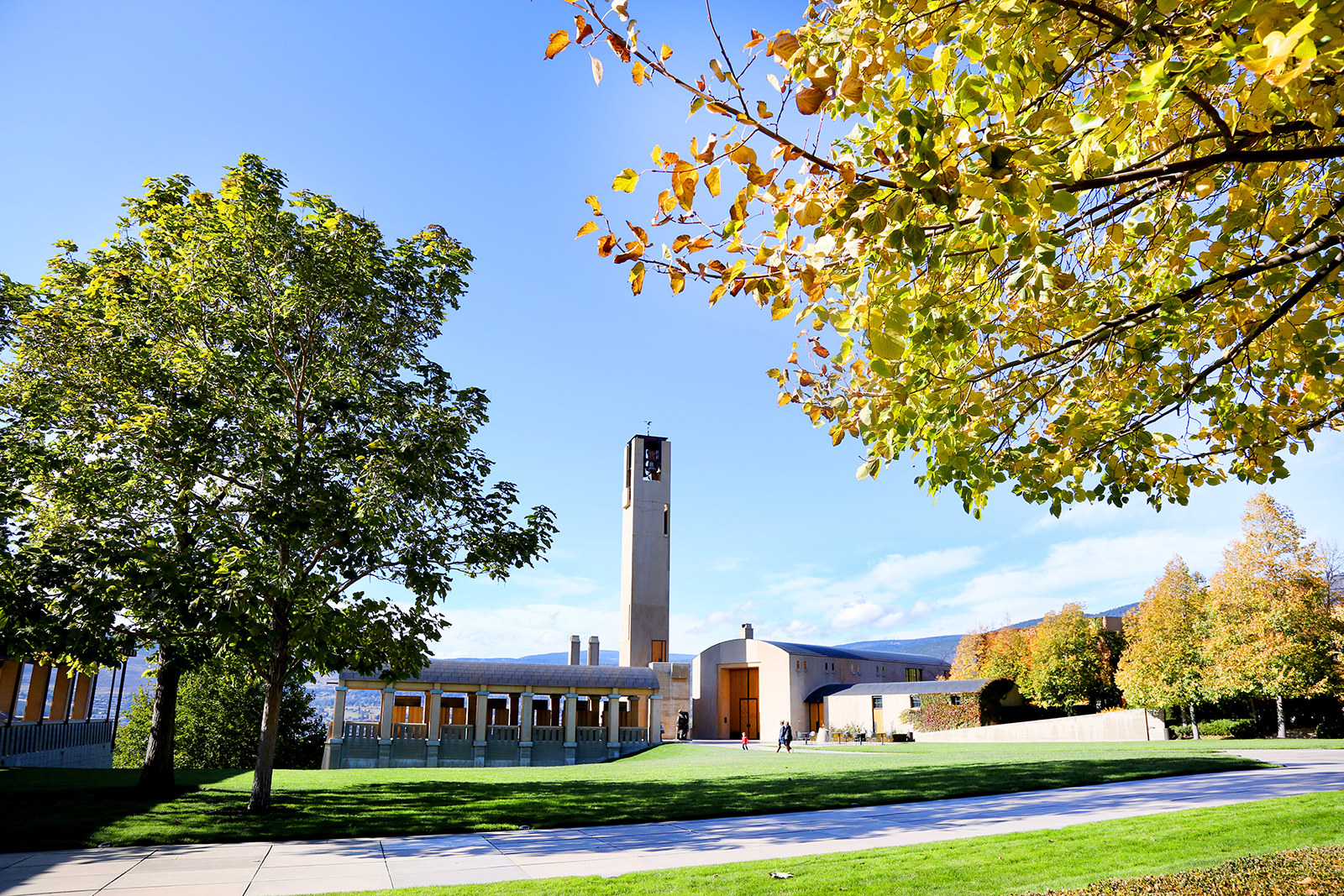
By the time we reached Mission Hill Family Estate winery, easily the most recognizable establishment in the Okanagan Valley with its distinctively modern archway and old-world bell tower, we were ready to dig deeper with pairings. We knew we were in for an upper-crust treat when we were greeted under the arch by wine club manager Joey Krueger and two glasses of Viognier.

After touring their perfectly manicured grounds and wine cellar, we were led to the private tasting room for a lesson in wine-and-cheese pairings. Joey, a self-professed wine geek, described each pairing with infectious enthusiasm. First, she instructed us to have a sip of wine and then a bite of cheese, followed by another sip of wine. The wine changes your palette for the cheese and actually affects the flavour.
We also learned there are two general methods of pairing cheese and wine: complementing and contrasting. Complementing consists of matching the weight of the food to the weight of the wine. Contrasting, on the other hand, pairs flavours that are at odds with one another (e.g., using the acidity of their 2013 Perpetua to enhance the creamy fattiness of the Mt. Ida Mont d’Or Style from Terroir Cheese).
LIGHTBULB! This was what Old Vines did with the spice/bite of Tiger Blue and the saccharine richness of the port! At Mission Hill, they paired Upper Bench’s King Cole (another blue we actually LOVED) with their sweet and spicy quince-and-jalapeño compote and 2014 Reserve Riesling Icewine.

From here, we visited Upper Bench Winery & Creamery, where we were in for another perfect pairing, this time from husband-and-wife duo cheesemonger Shana and winemaker Gavin Miller. Cheeses here have both bold flavours and character, such as Grey Baby, named after Shana’s rescue kitten. Essentially a Brie on the inside and a blue on the outside — another day, another blue to fall for! — it was a uniquely delicate gem of creaminess with just the right amount of punch. We also had a fantastic semisoft, ripened washed-rind called the Gold. With its rich, creamy texture and buttery flavour, this mild cheese perfectly complemented their oaky, versatile Chardonnay.
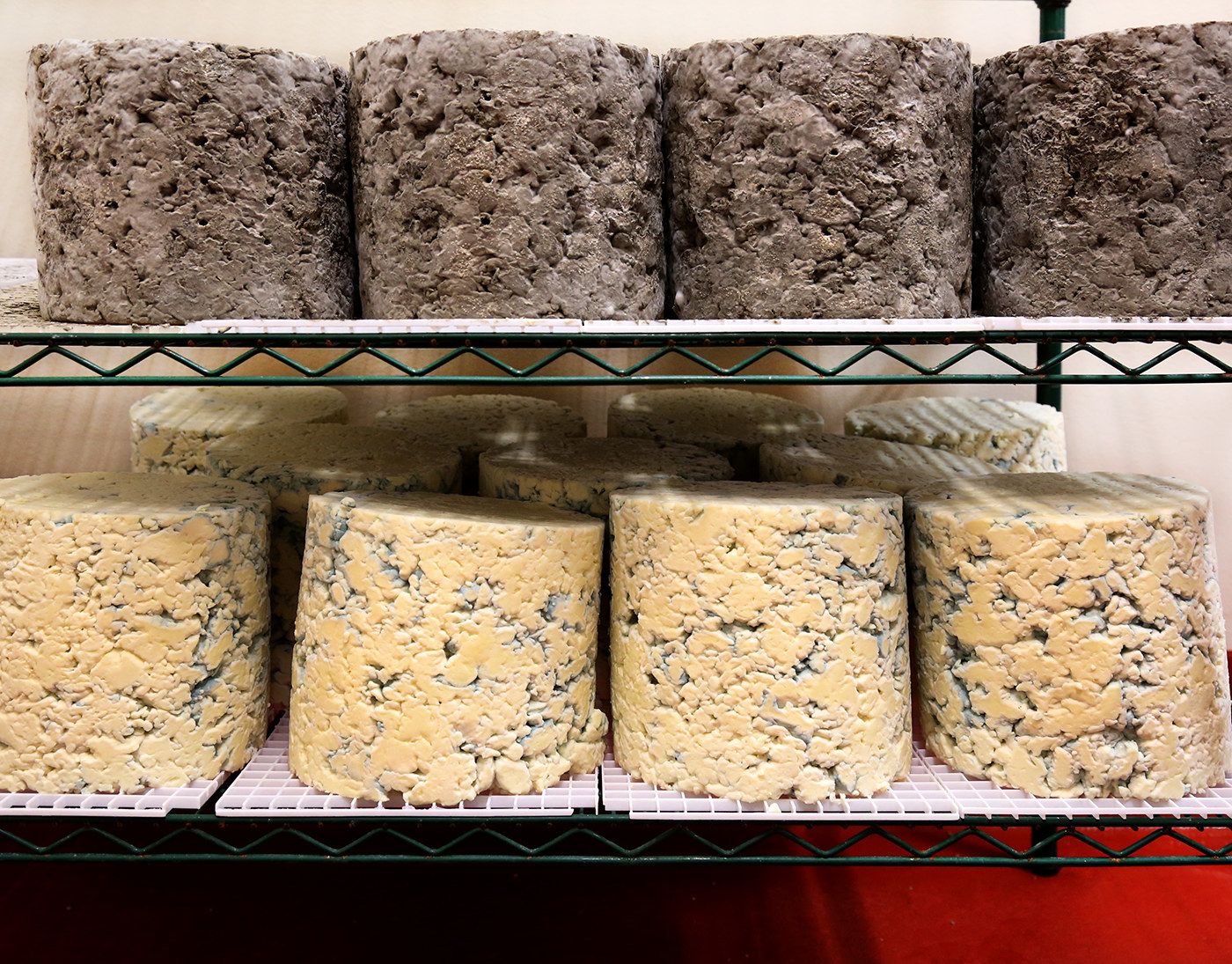
By the time we wound up at Waterfront Wines, we were old-cheese vets. We quickly saw why executive chef, owner, and sommelier Mark Filatow caters to a full house most nights. After being served the two plates below, it was a struggle between decorum and desire when we resisted licking them clean. Not any old plate, of course — a plate drizzled with a seriously savoury, unbelievably creamy Gouda sauce to accompany an open ravioli with tender, tomato-braised pork shoulder ragout.
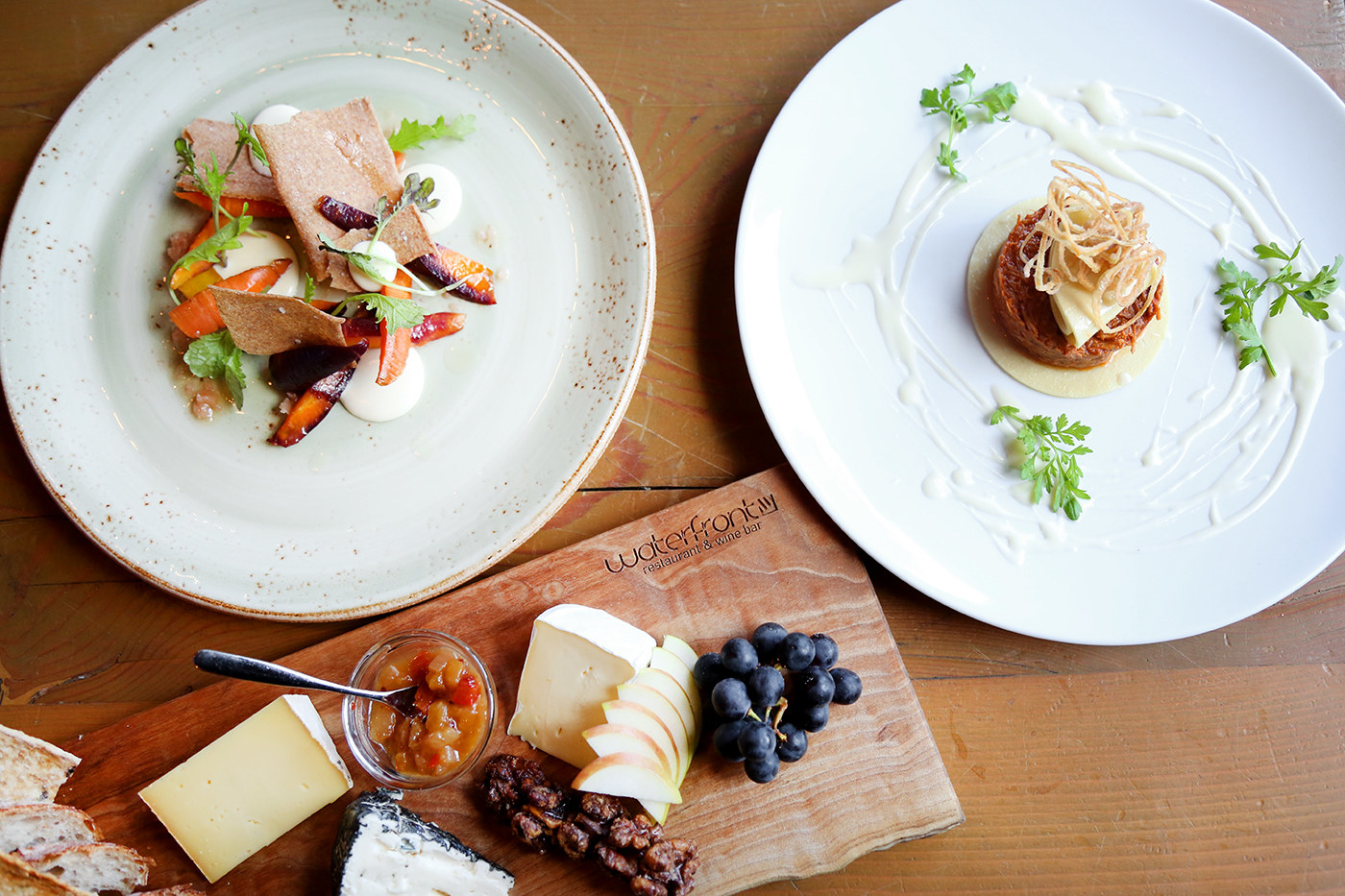
And if you get sick of wine (if that's even possible), try pairing a strong cheese with a sweet treat like Okanagan Spirits Craft Distillery's Haskap Liqueur. You can swing by this craft distillery in Downtown Kelowna and taste all of their uniquely local liqueur flavours, including sea buckthorn and rhubarb.
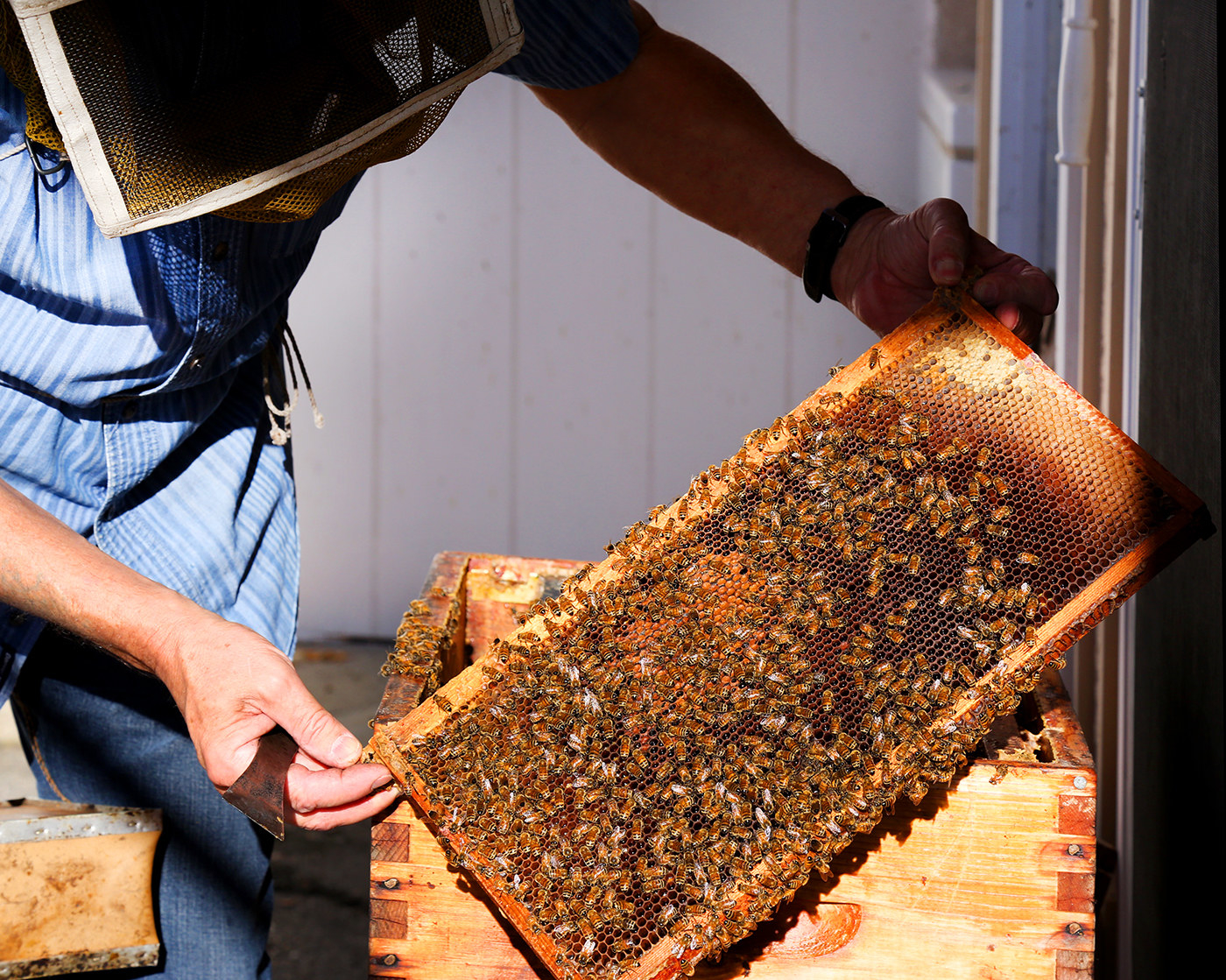
And what would a cheese board be without honey? Next stop: Planet Bee, where we took a bite of raw honey straight from the hive, thanks to owner and beekeeper Ed Nowek graciously opening up one of them for us. We didn’t dare, but we weren’t sorry we each sampled about 10 honeys and a few meads.
We discovered that nutty cheeses are great when drizzled with flavourful honeys like chestnut and buckwheat, while blue cheese goes great with subtly flavoured honeys that can cut spice and sharpness. For light, creamy cheeses, citrus honeys make the perfect flavour companions.
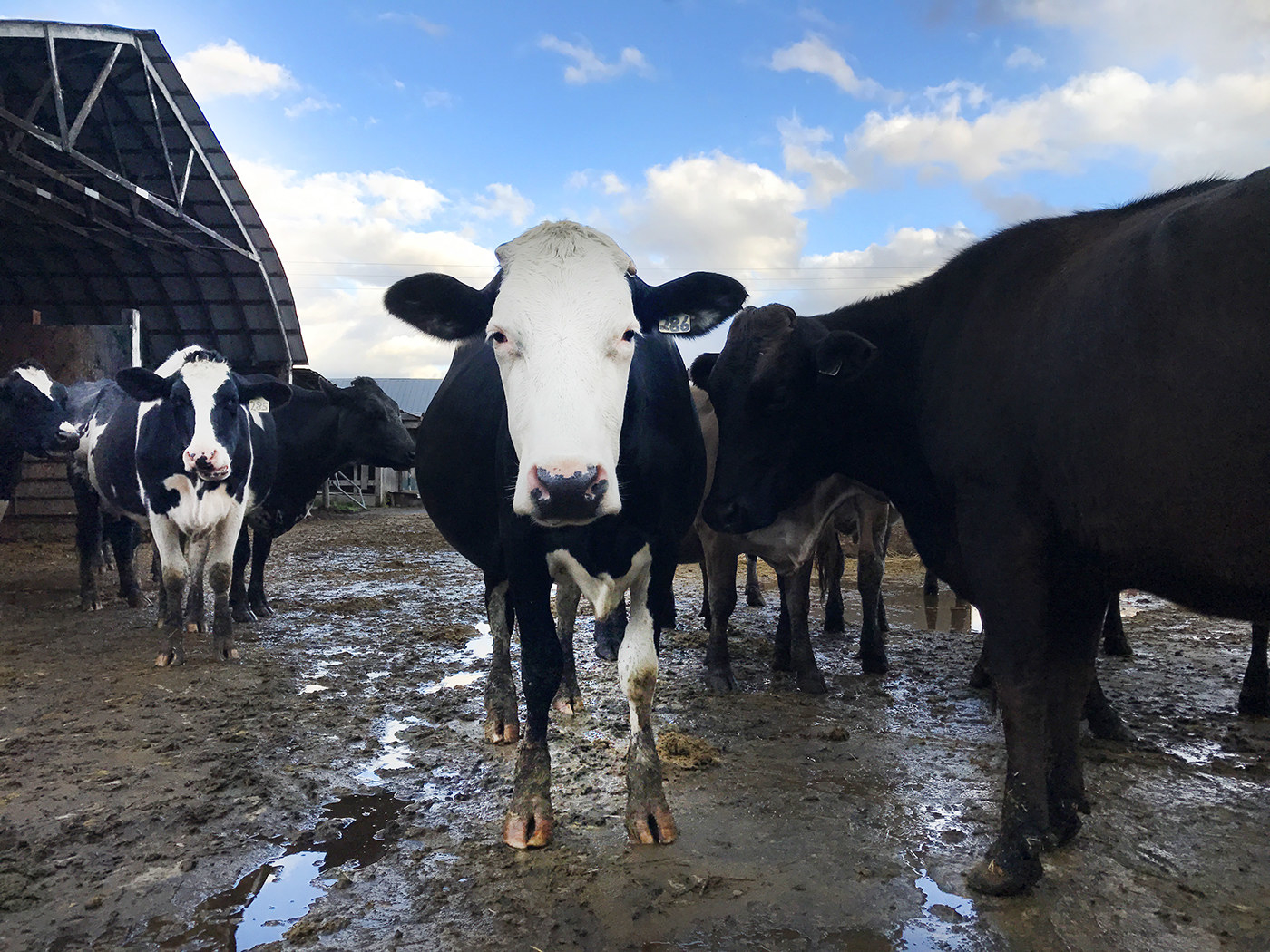
But through all our tastings, we didn't learn how intricate and oftentimes fickle the cheesemaking process truly is until we reached Upper Bench. Shana greeted us in her cheesemonger gear — an all-white outfit, hair net, and pink rain boots. The rain boots were a puzzle to us until she explained that every entry into the cheesemaking rooms begins with a dip into a shallow tray of disinfectant and a thorough, surgeon-worthy hand- and wrist-washing.
Shana likened making cheese to raising a baby — both need constant care and attention. She walked us through her process and explained how often each cheese needs to be washed to encourage bacterial growth (for washed-rind cheeses), how frequently they need to be flipped to ensure even mould growth, and how long they must be aged to allow them to ripen to the desired flavour.
This was best demonstrated when we tasted the Formagella and Cream Valley at Bella Stella Cheese. The former is a mildly flavoured, soft, ripened, Brie-like cheese, while the latter is nearly identical to the Formagella but with a washed rind. The Cream Valley is simply aged for less time and washed in a saltwater brine two to four times a week to encourage bacteria to grow from the outside instead of allowing the fluffy mould, characteristic to cheeses like Brie, to bloom on the rind.
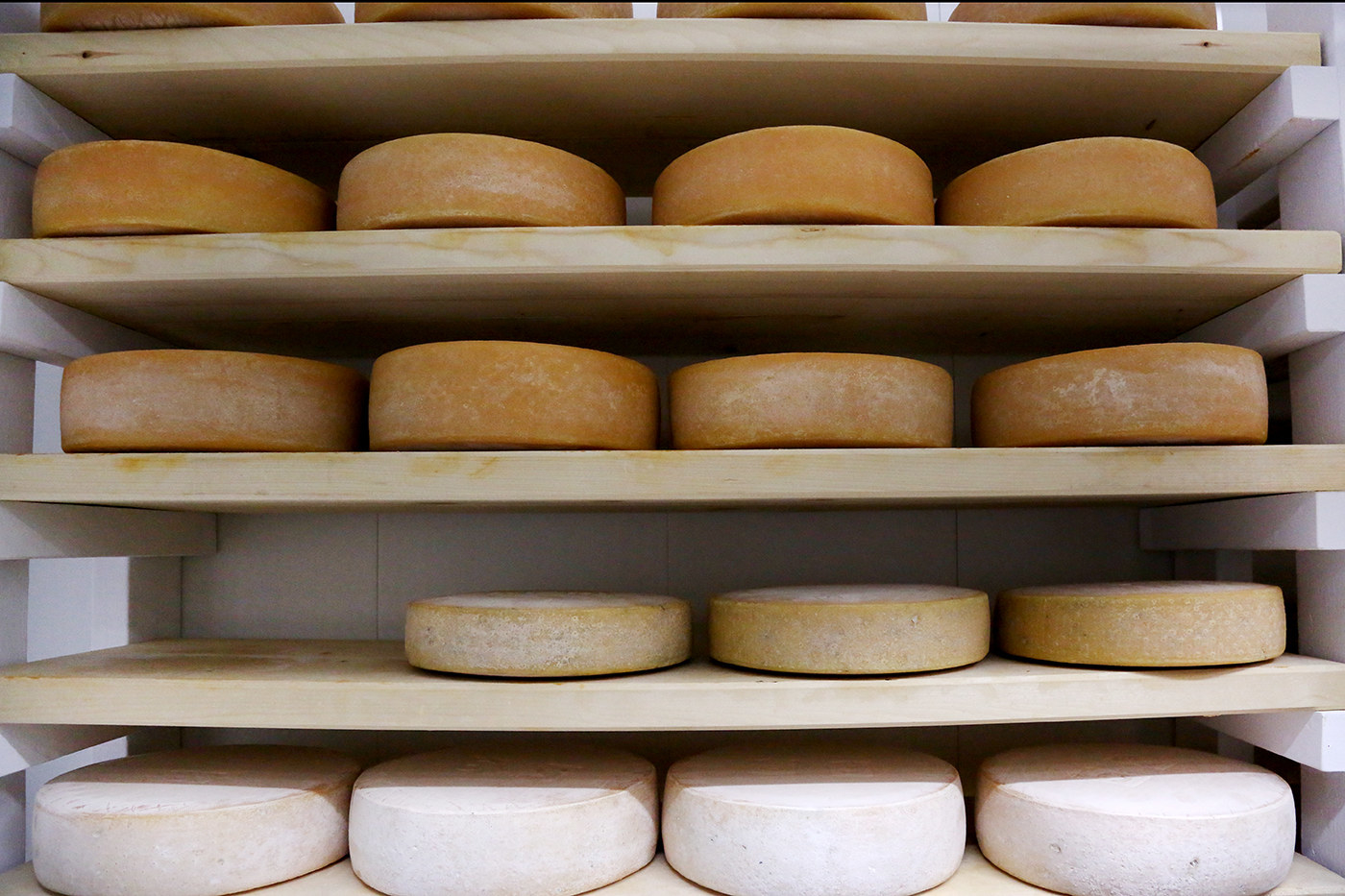
It was then we understood that cheese is just a dairy product created with bacteria and made to ferment and sit on a shelf for sometimes years at a time. You cannot risk getting the wrong bacteria in there — just the good stuff. Cheesemongers are so serious about isolation that they even have to keep the blues in a separate room to avoid contamination, because that ish seriously spreads, and then all your cheeses suddenly have the blues.
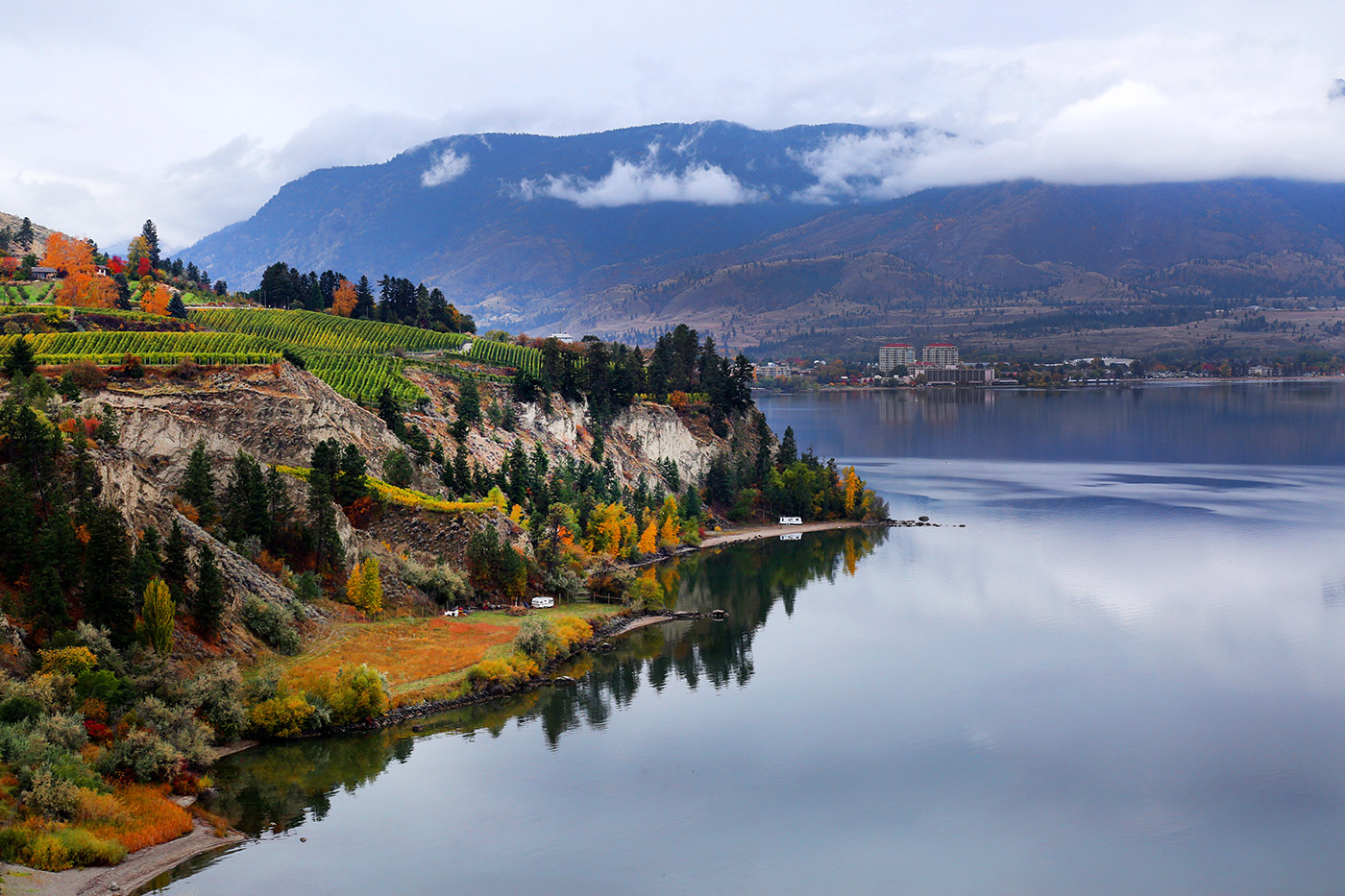
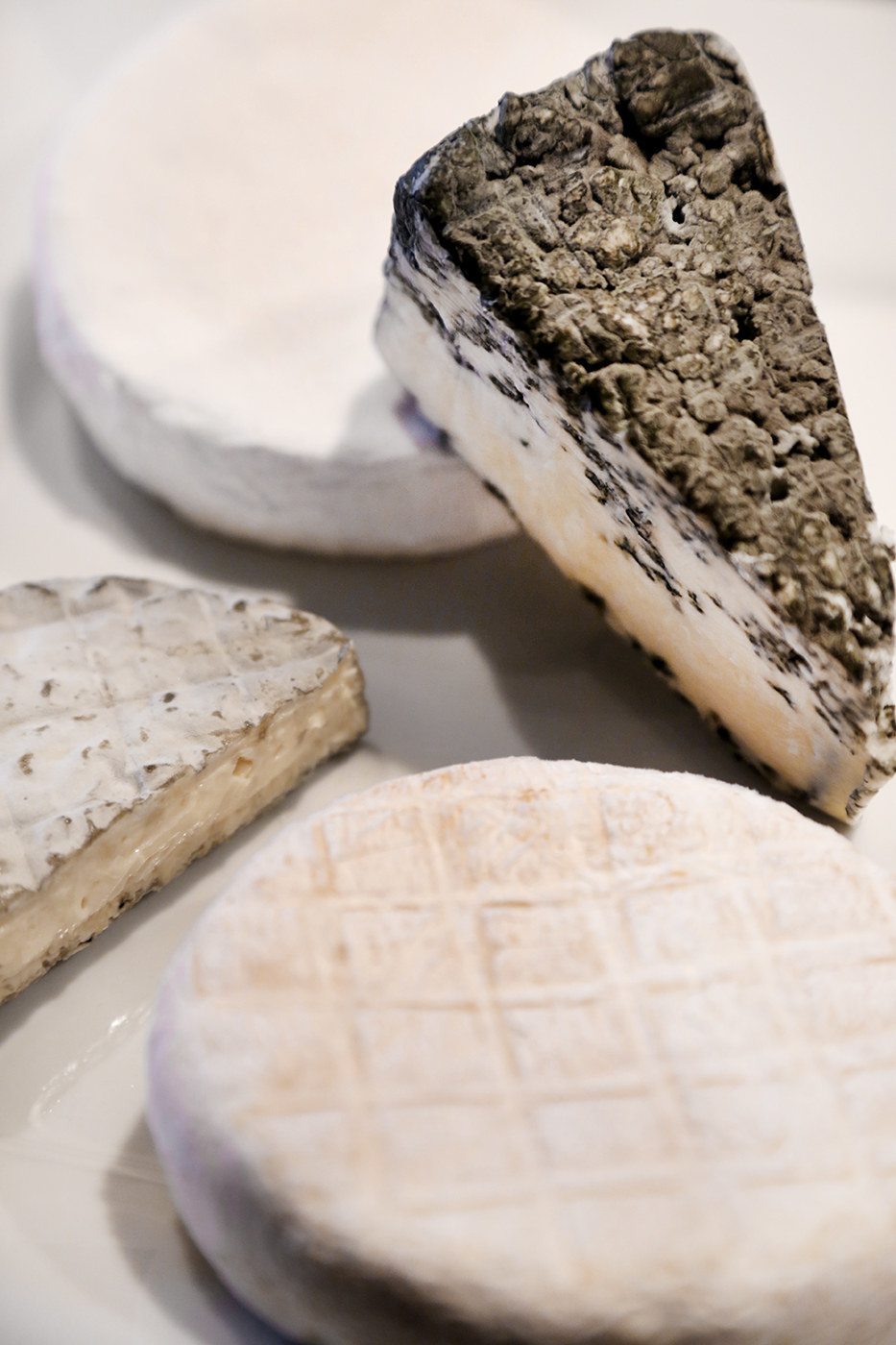
In fact, when we visited Poplar Grove Cheese, where Shana got her start as a cheesemaker, owner Gitta Pederson told us all about her washed-rind Harvest Moon that occasionally gets a little blue. She calls it Blue Moon and sells it in small, accidental quantities. We weren’t lucky enough to try it, but we did try all four of her standard cheeses: her famous Tiger Blue, a double-cream Camembert, the Harvest Moon, and her Naramata Bench Blue, which is blue on the outside and creamy Camembert on the inside. Here, we learned two fun facts: (1) Double cream just means extra cream is added during the cheesemaking process, and (2) Cheeses are often named after their cultures, like Camembert, for example.
But we didn’t truly understand cheesemaking until we got our hands metaphorically dirty but quite literally squeaky clean by helping the very enthusiastic Donat Kollar make mozzarella in his Happy Days Dairies cheese factory. Here we learned some variables of what Donat calls the “science and art” of cheesemaking.
The first step to making cheese is acquiring milk that most likely goes through pasteurization. Unpasteurized milk would result in a raw cheese, like Grass Root Dairies’ Mazuda, a combination of Gouda and Maasdammer they create with raw milk from their own 100% grass-fed cows. Pasteurizing milk means starting with a clean palette with much less bacteria. Then you add special bacterial cultures and rennet, an enzyme that separates whey (or milk sugar) from the curds composed of solid milk proteins. Bacterial cultures are the first step to determining what kind of flavour and texture the cheese will have.
Donat had already done this before our arrival, and by the time we were fully suited up in cheesemonger attire, there was a 1,000-gallon vat of curds waiting for us. It was a yogurty texture that looked like a warm milk bath calling us to bathe in it. We did not. Instead, we cut the curds. Curd size helps determine cheese texture — small curds for harder cheeses, large for softer cheeses.
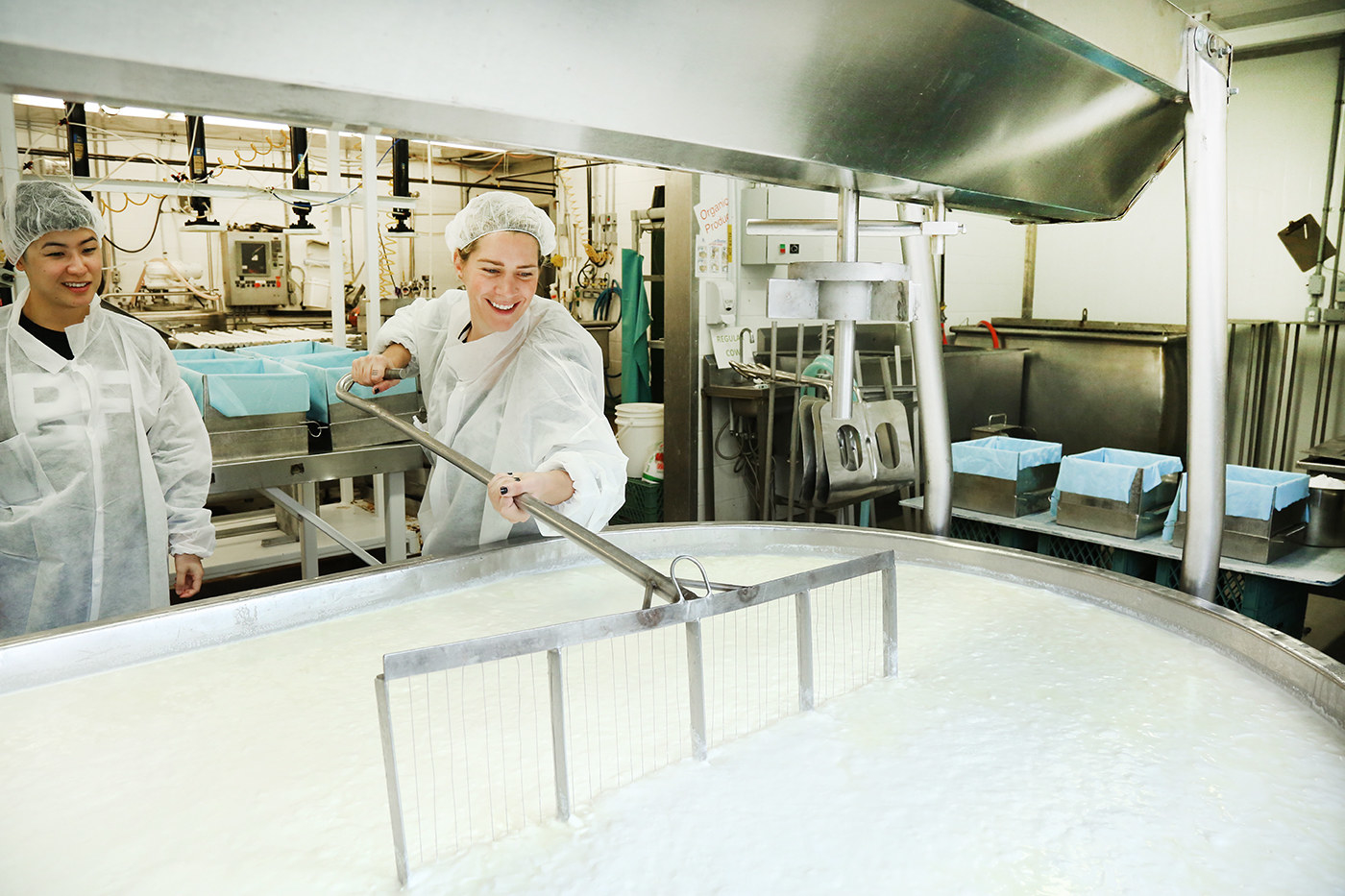
Then the curds are stirred and cooked. Higher temps = harder cheese. They may be washed by draining some of the liquid whey and replacing with water to control the pH of the cheese. High pH results in smooth cheeses like cheddar, and low pH produces crumbly cheeses like feta. Curds are then drained, salted, and pressed into their characteristic shapes. Then the cheese can be aged or served fresh.
If you’re counting, that’s at least eight different ways to affect the end result of your cheese. And like scientists, cheesemongers record every tiny detail of each process to track how every batch becomes as tasty as it is. We were floored by their use of the scientific method and the delicious, delicious results of it. Cheese is infinitely more complicated than we ever imagined, and we were glad to know it more intimately after peeking behind the cheesecloth curtain.
In total, we visited 10 establishments, drank our way through three wine tastings, and sampled (read: devoured) six plates of local Canadian cheeses in three and a half days. We learned not only how to make contrasting and complementing cheese pairings but also how to actually make cheese. We also uncovered a deep love for blue cheese and plan on fostering it the way Shana has raised her cheese babies.
We essentially went from cheese plebes to cheese champs, all thanks to local Canadian cheeses and the wonderful dairy farmers of the most beautiful valley in British Columbia. We'll never taste a cheese without considering which wine would best enhance its flavours, how long it was aged, or how many times it was lovingly flipped. We'll never see or sample cheese the same way again.
How could we? We've seen its curds.
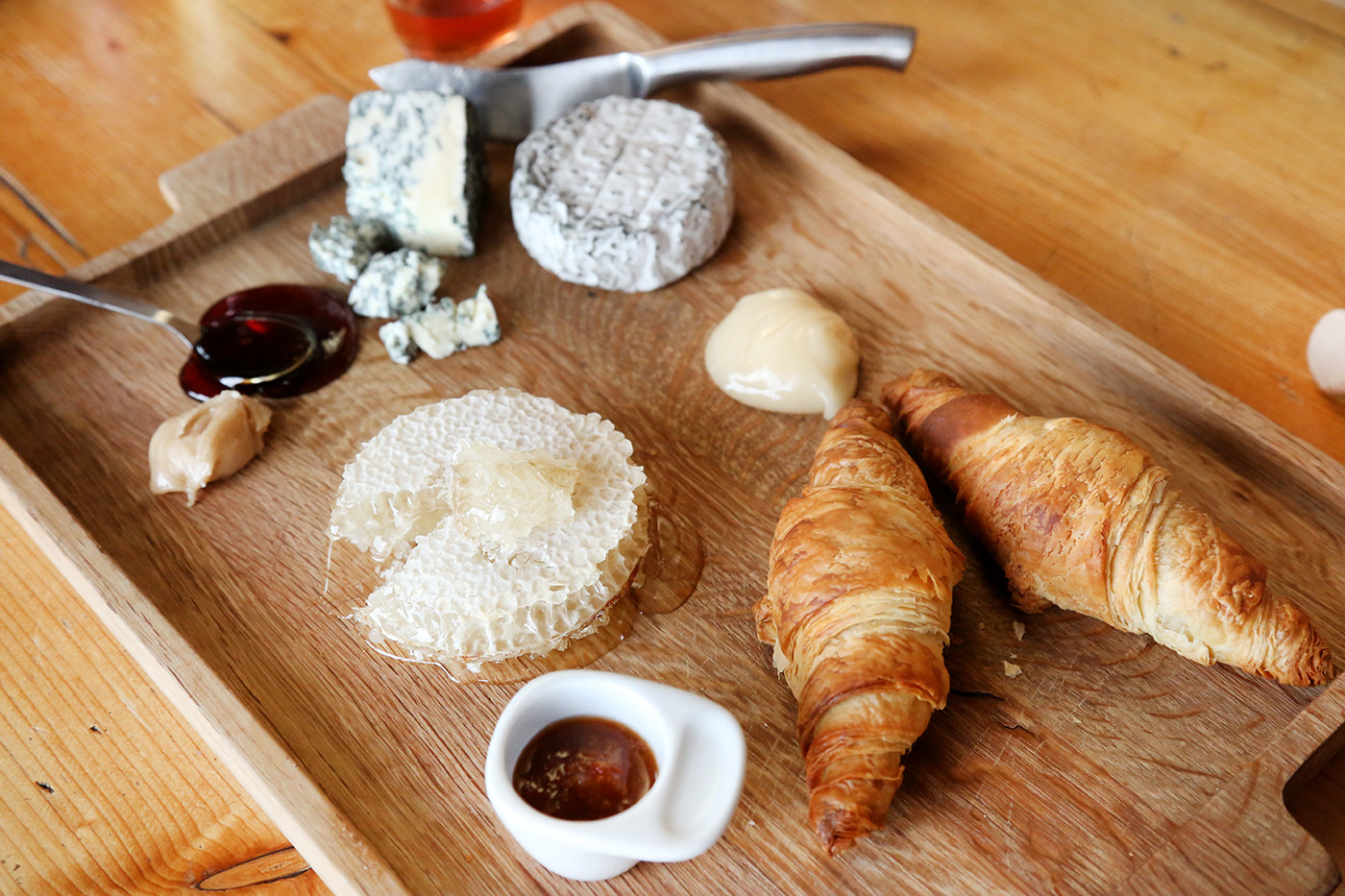
No matter where your love of cheese leads you, be sure to experience local Canadian cheese for a truly Canadian pleasure.
All images Aubree Lennon / ©BuzzFeed